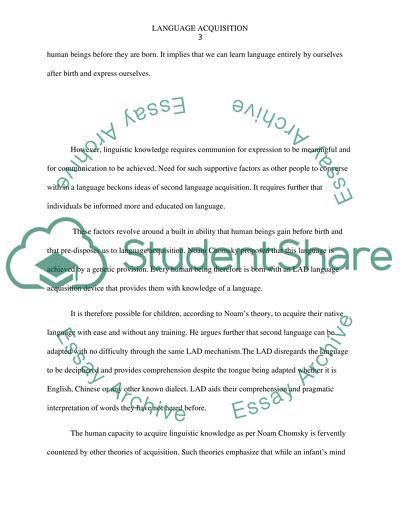Cite this document
(“Is the capacity to acquire language also available for acquiring an Term Paper”, n.d.)
Retrieved from https://studentshare.org/education/1404095-is-the-capacity-to-acquire-language-also-available
Retrieved from https://studentshare.org/education/1404095-is-the-capacity-to-acquire-language-also-available
(Is the Capacity to Acquire Language Also Available for Acquiring an Term Paper)
https://studentshare.org/education/1404095-is-the-capacity-to-acquire-language-also-available.
https://studentshare.org/education/1404095-is-the-capacity-to-acquire-language-also-available.
“Is the Capacity to Acquire Language Also Available for Acquiring an Term Paper”, n.d. https://studentshare.org/education/1404095-is-the-capacity-to-acquire-language-also-available.


